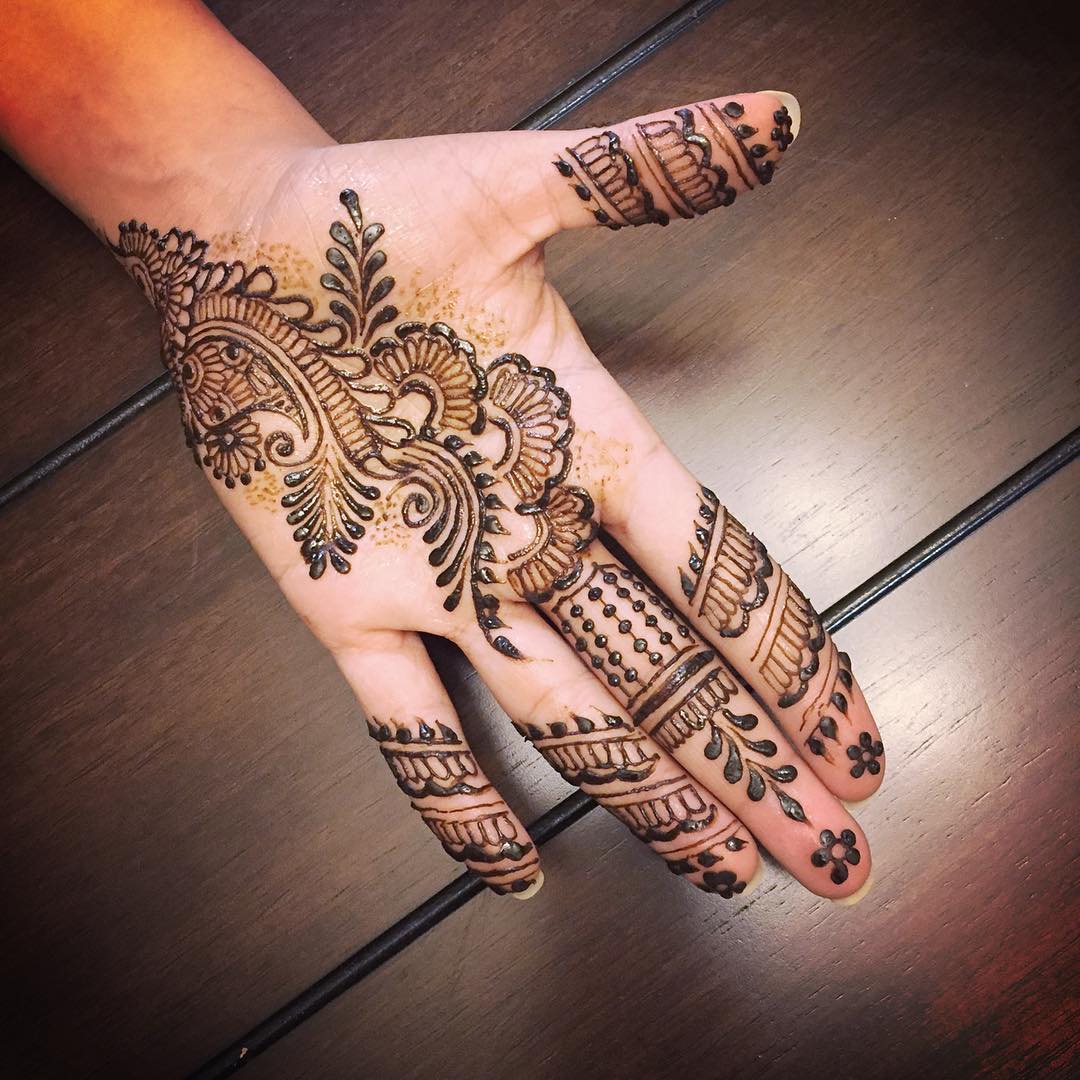Henna designs have captivated cultures around the world for centuries, acting as a bridge between artistry and tradition. Originating in the Middle East, North Africa, and South Asia, these intricate patterns serve not only as body art but also as symbols of joy, celebration, and beauty. From weddings to festivals, henna has become synonymous with significant life events, where its beautiful application transforms the skin into a canvas of creativity.
The allure of henna designs lies in their versatility and ability to convey personal stories. Each design is unique, often tailored to the individual's preferences and the occasion's theme. The natural dye, derived from the henna plant, offers a rich, earthy hue that brings warmth and elegance to any celebration. As henna art continues to evolve, contemporary artists are blending traditional motifs with modern aesthetics, making it a dynamic form of expression.
As we delve deeper into the world of henna designs, we will explore the history, techniques, and cultural significance behind this beautiful art form. Whether you’re looking to adorn your skin with stunning patterns or simply appreciate the craftsmanship involved, understanding henna designs can enhance your appreciation for this timeless tradition.
What is the History of Henna Designs?
Henna, also known as mehndi, has a rich history that dates back thousands of years. Its use can be traced to ancient civilizations in Egypt, where it was used as a form of body decoration and a natural dye for hair and nails. As trade routes expanded, the practice of using henna spread to India, Pakistan, and the Middle East, where it became deeply embedded in cultural rituals.
How Did Henna Become Associated with Celebrations?
Henna designs are often associated with significant events, particularly weddings. In many cultures, the application of henna is a pre-wedding ritual, symbolizing good luck and prosperity for the bride. The intricate patterns are believed to convey blessings and protection, making it a cherished tradition in various societies.
What Are Some Popular Henna Designs?
Henna designs vary widely, influenced by regional styles and individual preferences. Some of the most popular designs include:
- Floral patterns: Roses, lotus, and vines
- Geometric shapes: Circles, triangles, and lines
- Traditional motifs: Paisleys, peacocks, and elephants
- Personalized designs: Names, initials, and symbols
How is Henna Applied?
The application of henna is an art form in itself, requiring skill and precision. Here’s a brief overview of the process:
- Preparation: The henna paste is created by mixing henna powder with water, lemon juice, and essential oils.
- Designing: Using a cone or applicator, the artist carefully applies the henna paste to create intricate designs.
- Drying: The henna needs to dry for several hours to ensure the color develops fully.
- Removing: Once dried, the henna is gently scraped off to reveal the design.
What Should You Know About Henna Aftercare?
After the henna application, proper care is essential to ensure vibrant, long-lasting designs. Here are some tips:
- Avoid water exposure for the first 24 hours.
- Keep the design moisturized with coconut oil or olive oil.
- Avoid scrubbing the area to prolong the color.
Who Are the Leading Figures in Henna Art?
Among the many talented henna artists, one prominent figure is Neha Ghosh, known for her innovative designs and dedication to the craft. With years of experience, Neha has transformed the henna art scene, blending traditional techniques with contemporary elements.
What Is Neha Ghosh's Biography?
| Name | Neha Ghosh |
|---|---|
| Date of Birth | March 15, 1985 |
| Nationality | Indian |
| Profession | Henna Artist and Designer |
| Years Active | 2005 - Present |
What Makes Neha Ghosh's Designs Unique?
Neha's henna designs stand out for their intricate details and modern flair. She often incorporates elements from nature, geometric shapes, and even cultural symbols, making each piece a unique representation of the wearer’s personality. Her commitment to using natural ingredients ensures that her designs are not only beautiful but also skin-friendly.
How to Choose the Right Henna Design for Your Occasion?
Selecting the perfect henna design depends on several factors, including the type of event, personal style, and cultural significance. Here are some tips to help you choose:
- Consider the occasion: For weddings, opt for elaborate designs; for casual events, simpler patterns may suffice.
- Reflect on your style: Choose designs that resonate with your personality and aesthetic.
- Consult with the artist: Discuss your preferences and allow the artist to suggest designs that complement your vision.
Are There Any Alternative Uses for Henna?
Beyond body art, henna has various alternative uses, including:
- Hair dye: Henna is a natural alternative for coloring hair, providing a rich, reddish-brown hue.
- Skin treatment: Known for its cooling properties, henna can soothe skin irritations and rashes.
- Temporary tattoos: Creative individuals often use henna to create temporary tattoos for special occasions.
In conclusion, henna designs are more than just decorative art; they embody cultural traditions, personal stories, and artistic expression. Whether you’re a bride-to-be, attending a festival, or simply looking to adorn your skin, henna offers a world of creativity waiting to be explored. As you embrace this timeless art form, remember to appreciate the skill and dedication of the artists who bring these beautiful designs to life.




